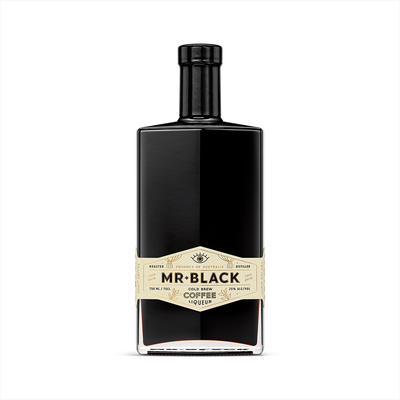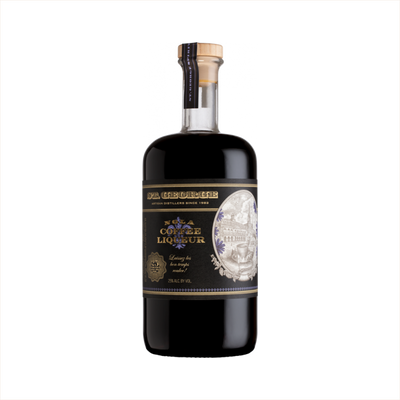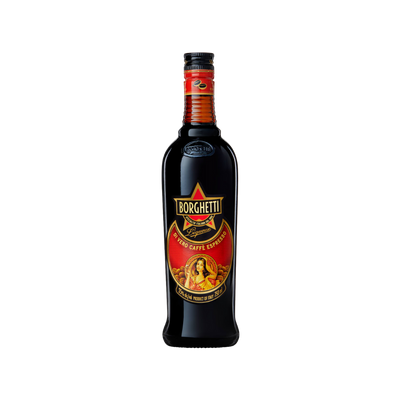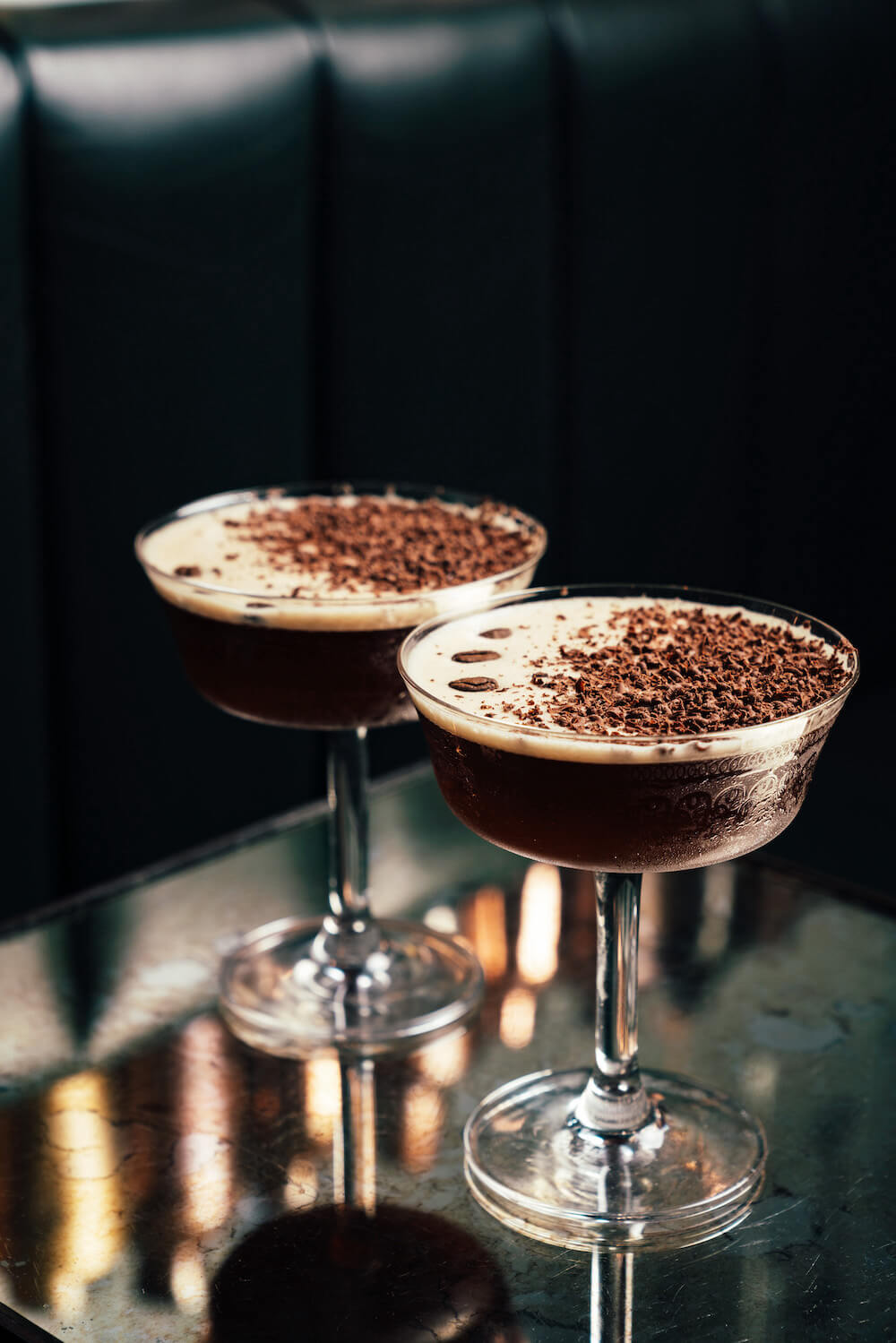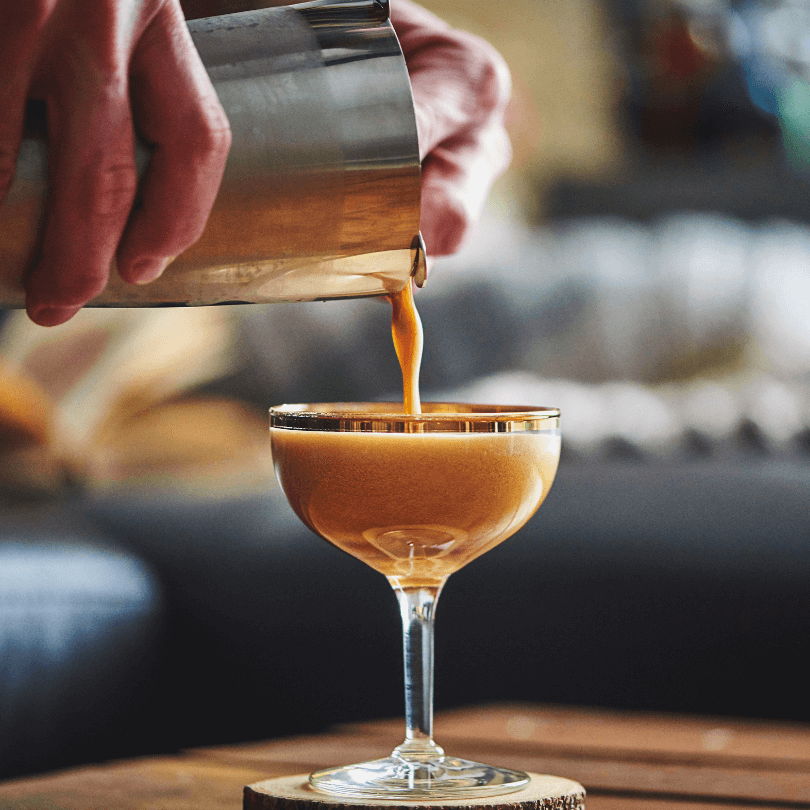Coffee & Tea Liqueurs
What is Coffee & Tea Liqueurs?
Coffee and tea liqueurs represent a beloved category of liqueurs that capture the rich, aromatic essence of these popular beverages in spirit form. These liqueurs are defined by their base of either coffee beans or tea leaves, which are infused, distilled, or blended with neutral spirits and sweetened to create smooth, flavorful drinks that retain the distinctive characteristics of their source ingredients. The coffee varieties range from robust espresso-based options like Kahlúa to lighter, vanilla-tinged versions, while tea liqueurs span everything from classic Earl Grey infusions to exotic chai blends that bring warming spices into the mix.
Learn More About Coffee & Tea Liqueurs
What makes Coffee & Tea Liqueurs unique?
Coffee and tea liqueurs stand apart from other liqueurs because they capture the complex, naturally bitter compounds found in roasted coffee beans and steeped tea leaves, creating a sophisticated balance between sweetness and those deeper, more austere flavors. Unlike fruit liqueurs that rely primarily on sugar and fruit essences, or herbal liqueurs that depend on botanical infusions, coffee and tea liqueurs must preserve the delicate oils and tannins that give these beverages their distinctive character while smoothing out any harsh edges through careful distillation and blending. The result is a category that offers both the comforting familiarity of your morning cup and the luxurious complexity that only comes from transforming these everyday beverages into something entirely new.
How is Coffee & Tea Liqueurs made?
Coffee and tea liqueurs start with a neutral spirit base that gets infused with freshly brewed coffee or steeped tea, often using high-quality beans or leaves selected for their flavor profiles. The process typically involves macerating the coffee or tea with the spirit for several days or weeks, then adding sugar or other sweeteners to balance the natural bitterness. Some producers use cold extraction methods to preserve delicate flavors, while others employ heat during the infusion process to extract deeper, more robust characteristics from the coffee beans or tea leaves.
How do you drink Coffee & Tea Liqueurs?
Coffee and tea liqueurs shine brightest in cocktails where their rich, aromatic profiles can complement other ingredients—think espresso martinis, mudslides, and White Russians for coffee varieties, or chai-spiced creations for tea-based options. While some premium examples taste wonderful neat or over ice as digestifs, most coffee and tea liqueurs work best as cocktail components rather than standalone sippers. These liqueurs find their perfect moments during cooler months when you crave something warming, at dinner parties as sophisticated dessert cocktails, or whenever you need that perfect bridge between coffee time and cocktail hour.
How do I choose a good Coffee & Tea Liqueurs?
Start by tasting the liqueur neat to understand its base character – some coffee liqueurs lean sweet and syrupy while others offer bitter, espresso-forward profiles, and tea liqueurs range from floral Earl Grey styles to robust black tea expressions. Your cocktail choice should guide your selection: creamy, dessert-style drinks work beautifully with sweeter liqueurs like Kahlúa, while spirit-forward cocktails benefit from drier options like Mr. Black or Borghetti that won't overwhelm the base spirit. For tea liqueurs, match the intensity to your drink – delicate floral varieties shine in light, refreshing cocktails, whereas bold breakfast tea liqueurs can stand up to whiskey and dark rum.
Nutritional Information
Typical Calorie Range per Ounce: 95-120 calories
Typical Carbohydrate Range per Ounce: 11-16 grams
Typical Sugar Range per Ounce: 9-14 grams
Typically Gluten Free: Yes
Coffee and tea liqueurs tend to be on the sweeter side of the spirits spectrum, which explains their higher sugar content compared to straight spirits. Most coffee liqueurs like Kahlúa and Tia Maria are made from sugar cane-based rum, coffee, and vanilla, while tea liqueurs often use neutral grain spirits as their base. The good news is that most of these liqueurs are naturally gluten-free since they're typically distilled from sugar cane or undergo distillation processes that remove gluten proteins.
Keep in mind that flavored varieties or specialty blends may contain additional ingredients that could affect these ranges. Always check the specific product label and manufacturer information to confirm gluten-free status, especially if you have celiac disease or severe gluten sensitivity. Some brands may use additives or processing methods that introduce gluten.
Scrolled this far? Your reward? Coffee & Tea Liqueurs Trivia!
- The world's first coffee liqueur wasn't Kahlúa—it was Tia Maria, created in Jamaica in the 1600s when Spanish colonists mixed local coffee with sugar cane spirits and exotic spices. The recipe allegedly came from a Spanish nobleman's maid named Tia Maria, who saved the family recipe when pirates attacked their plantation. Talk about dedication to good drinks!
- Earl Grey tea liqueur contains bergamot oil, the same citrus extract used in high-end perfumes and aromatherapy. This means your martini shares an ingredient with Chanel No. 5. The bergamot comes from a specific region in southern Italy where the fruit grows so delicately that it can only be harvested by hand during a narrow winter window.
- Many premium coffee liqueurs use "honey process" coffee beans, where the cherry fruit is partially removed but the sticky mucilage remains during drying. This creates beans with intense sweetness and complexity that regular washed beans can't match. It's like the difference between eating a grape versus a raisin—same fruit, completely different flavor profile.
- Chai tea liqueurs often contain cardamom, which pound-for-pound costs more than silver. A single cardamom pod contains dozens of tiny black seeds that must be hand-harvested from plants that take three years to mature. Ancient traders called it "liquid gold" and used it as currency along spice routes.
- The caffeine in coffee liqueurs breaks down differently in alcohol than in regular coffee. While a shot of espresso keeps you wired for hours, the same amount of caffeine in liqueur gets absorbed more slowly, creating a mellow, sustained energy rather than the typical coffee jolt. It's why coffee cocktails feel so uniquely smooth and balanced.
Higher-proof spirits can be intense. Mix carefully, taste thoughtfully, and enjoy responsibly.
Gift message (optional)

